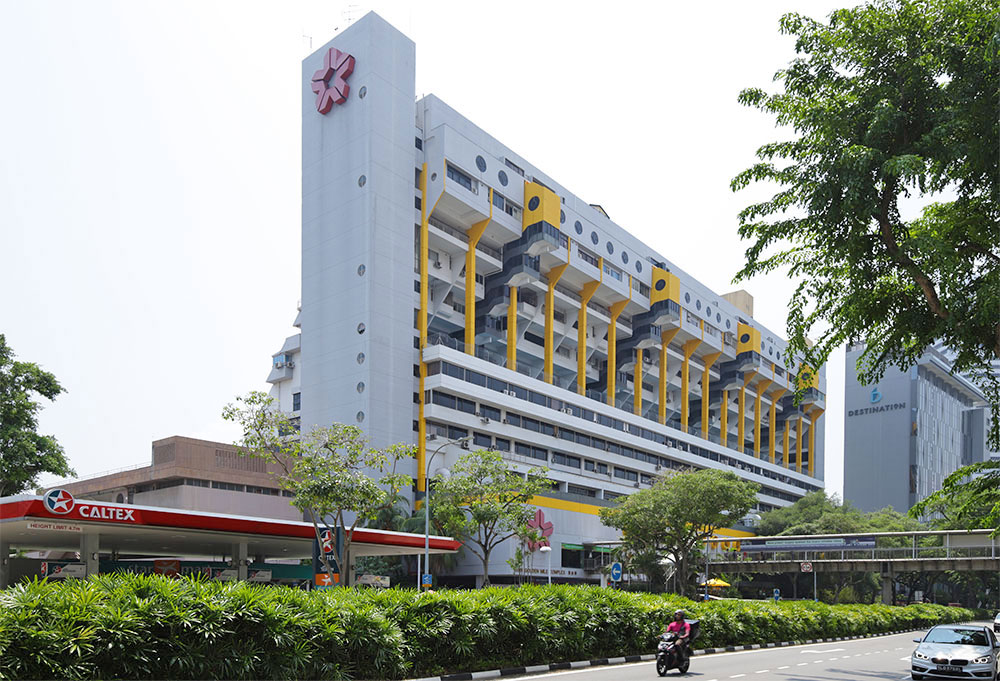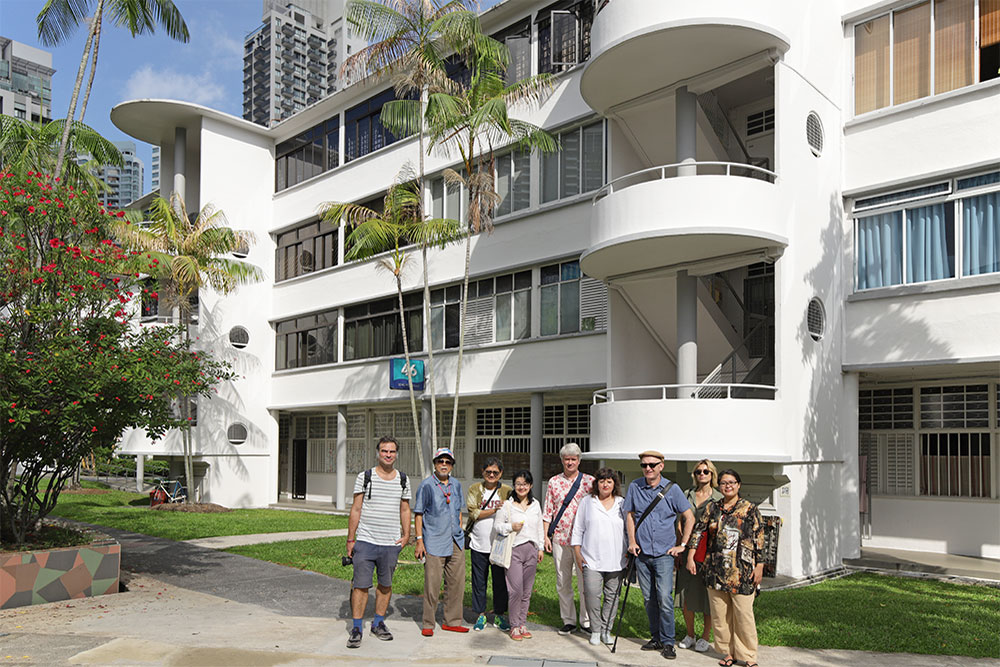
The tour took us to four stations that address different aspects of housing in Singapore. First we took a tour of Tiong Bahru Estate. Then we visited Studio Lapis, which deals with preservation of buildings. This was followed by a visit to the URA, where an agency employee explained its strategy for heritage development. In the afternoon we visited the Golden Mile Complex.
Tiong Bahru Estate
Jimmy Lim Cheok Siang (Aga Khan Award 1998, PAM Gold Medal for Design Excellence 2019) led us through the Tiong Bahru Estate. He welcomed us at the community centre and led us on a very hot morning through the listed neighbourhood. Designed by the British architect Alfred G. Church and built from 1936 to 1941, the complex with three to five-storey buildings in the style of Streamline Moderne contains 784 residential units in 20 blocks. In 1954, the neighbourhood was supplmemented with another 1,258 flats in simple aligned four-storey blocks with communal open spaces between them. The high urban quality and the small-scale structure of shops, cafes, and restaurants, as well as a popular market, have an effect not only on the quality of life but also on the prices for living. Today the quarter is regarded as a showcase project, and has been listed as a historical monument since 2003. www.govserv.org/SG/Singapore/404082166380843/Tiong-Bahru-Community-Centre
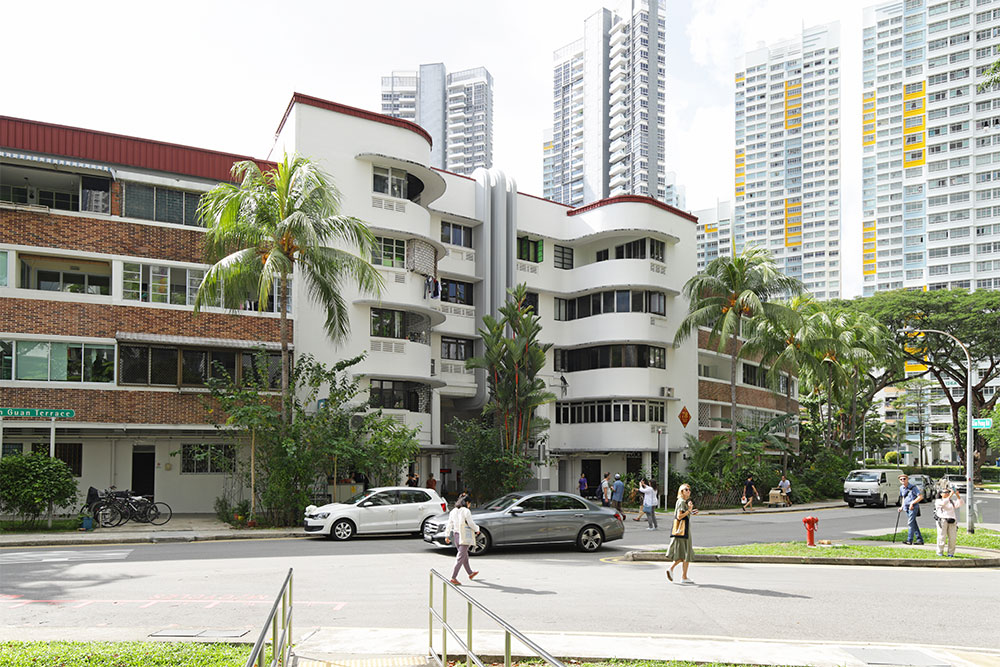
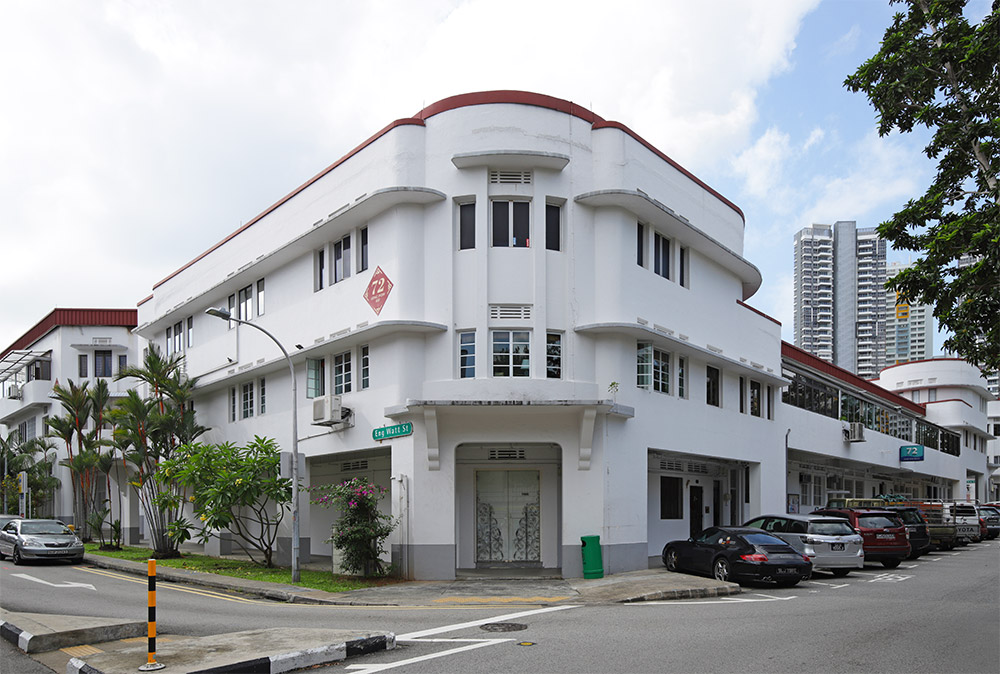
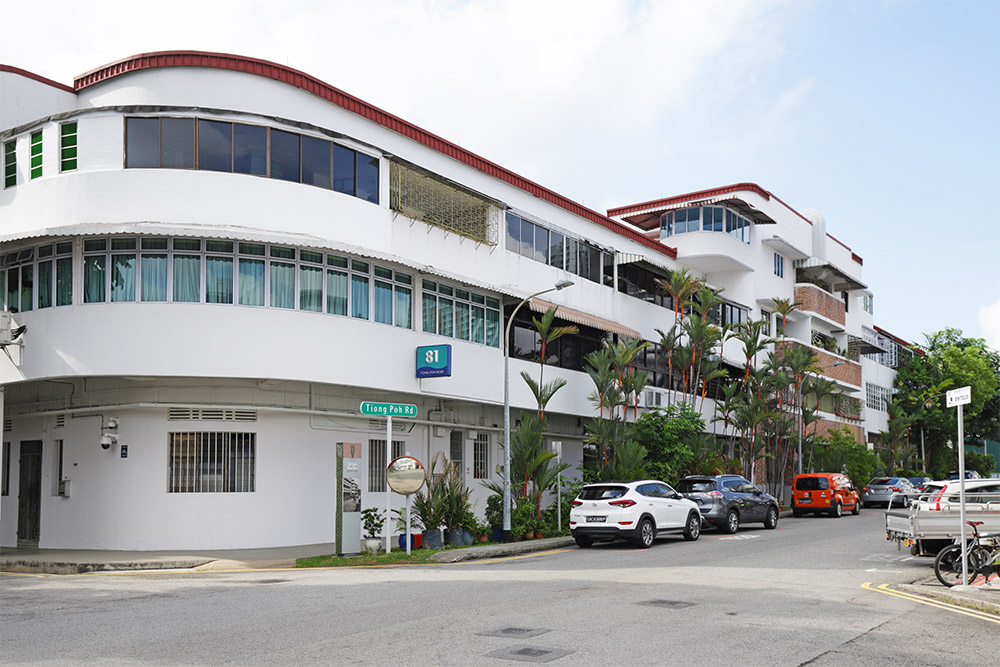
Studio Lapis
Ho Weng Hin, the founding partner of Studio Lapis, received us in his office to report from the practice. The office is specialized in conservation and works on local projects as well as on projects in neighbouring countries. Ho Weng Hin explained the challenges in working with original documents and plans, and the undocumented changes in a way that both preserve the substance and upgrade the building for present-day use. In the commercial climate of Southeast Asia, this process often requires strong nerves and a clear goal in order to preserve the authentic structure of the building. The practical perspective makes it clear that there are many challenges here: archive work, material testing, convincing the customer, and coordinating the intended use. Commercial pressures and high property costs demand compromises that are not always in line with the intended architectural culture. www.studiolapis.sg
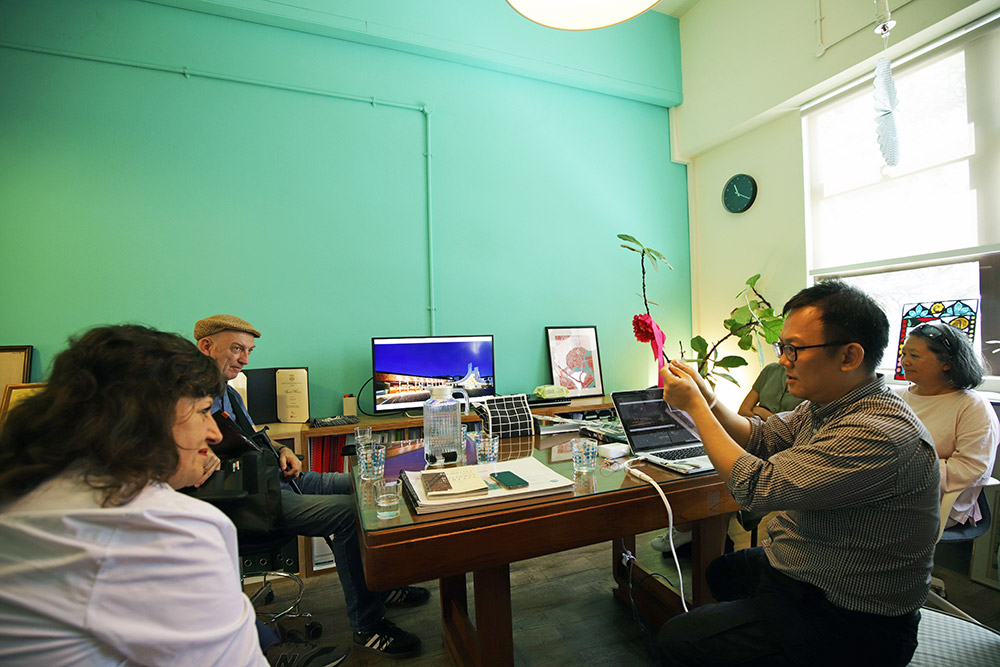
Historical preservation
At the URA, John Siow gave us an introduction to the development of historical preservation in Singapore. The early critical voices in the 1960s gathered around the publication SPUR, and included protagonists such as Tay Kheng Soon and William S.W. Lim. When the losses due to tabula rasa restoration in the 1980s endangered the historic Chinatown in its existence and the former fishing villages threatened to disappear, a new policy could be implemented thanks to civic engagement that stood up for preservation and renewal. The Heritage and Identity Partnership has existed since 2018, a public-private-people partnership dedicated to shape and promote built heritage and identity. Through participation and co-creation, the administration aims to underscore the importance of certain architectural testimonies and to anchor them in the public consciousness. https://www.ura.gov.sg/Corporate/About-Us
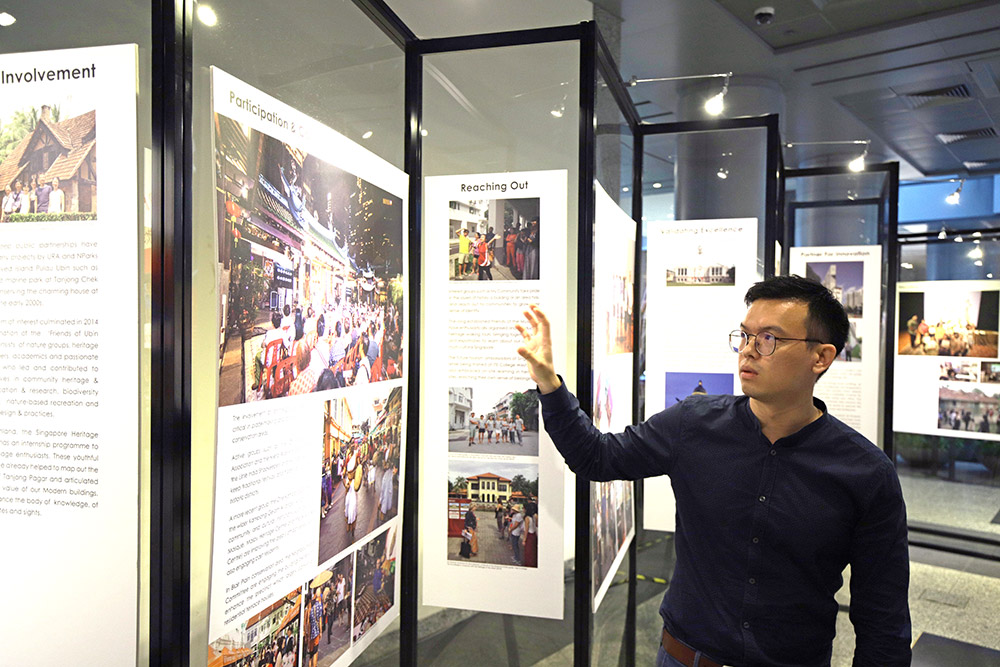
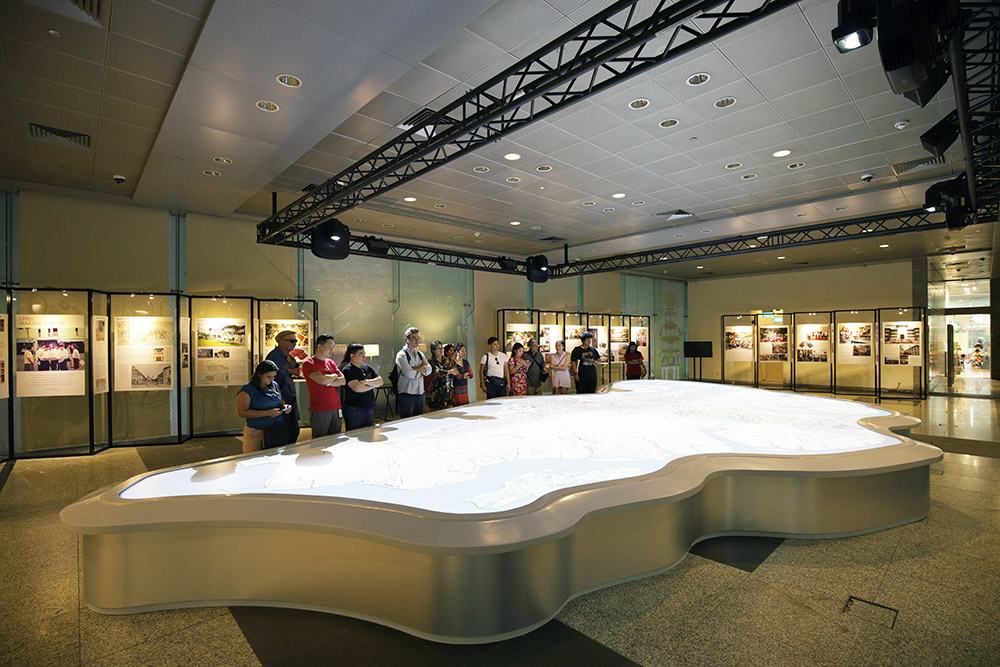
Golden Mile Complex
The Golden Mile Complex, designed by Design Partnership (Tay Kheng Soon, William S.W. Lim, a. o.), opened in 1973 as one of the first mixed-use blocks in the world. The complex combines shopping, living, offices, and entertainment. This multifunctional mega-structure was the first of its kind in Southeast Asia and was recognized accordingly. Today, the complex is facing a difficult time: developers are trying to pay off the individual owners and have the building demolished. As this is one of the iconic buildings from the period after independence, a public debate has emerged among experts who advocate preservation and renovation. It will be exciting to see the outcome of the discussion and whether there is a future for the Golden Mile Complex. During our visit, we were able to visit the shopping mall and see the back of the building across the city highway.
